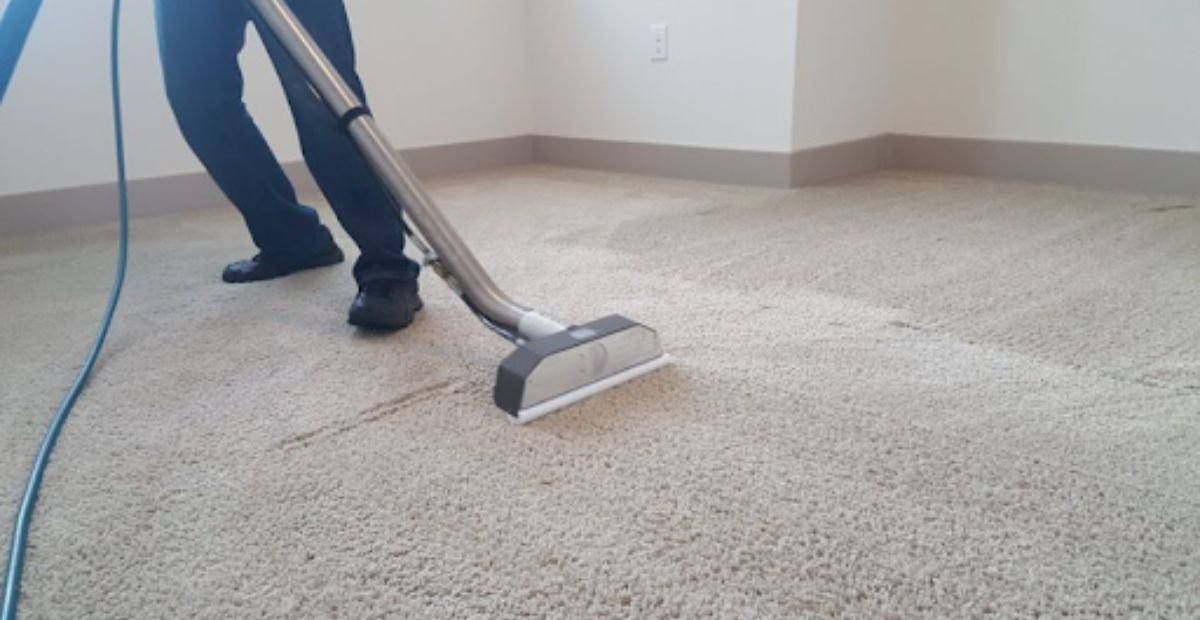How to Get Different Stains out Of Sisal Carpet | Cleaning Strategies

Sisal carpets are the most versatile and renewable floor covering option, perfect for comfort, functionality, and aesthetics. These natural floor coverings are more likely to get stains from sudden splashes and spills over time. Treating those stains is crucial to preserve their shape, appearance, and effectiveness, ensuring long-term use.
Stains on carpets can be of different natures, like water, grease, and oil-based, and, hence, require to be tackled differently. In this piece of writing by the best interior design Dubai company, you’ll discover the various methods to remove stains from these natural carpeting for high durability.
Understanding Sisal | Types of Possible Stains On Your Sisal Carpet
These carpets are composed of extracted fibers of the cactus plant Agave sisalana. They are a renewable and sustainable option, known for their versatility and durability. Like other natural carpets, these are low-maintenance and can be easily restored to their original form. However, it is mandatory to treat stains spontaneously. Stains can be water and oil-based and therefore, they are categorized to be treated differently.
Water Based Stains
Juice, soda, slush, tea, and coffee spills create water-based stains that are generally easy to remove.
Oil-Based Stains
grease, cooking oils, makeup, and even shoe polish are counted in oil-based stains that are difficult to tackle.
Protein-Based Stains
Blood, egg yolk, and other food spills form the most stubborn stains. Also, ink, sugar, and dyes fall into this category.
General Tips to Get Stain-free Sisal Carpets
No matter if it is ink, sugar, mild, pet, juice, blood, coffee, wax, gum, or chocolate stains, treat them spontaneously using effective strategies. Let’s begin with the cleaning instructions.
1. Assess The Type of Stains
The first and foremost measure to make your natural fiber floor coverings is to analyze the stain type. Depending on the different types of spills and splashes they can be water, oil, synthetic, and protein-based, find the best solutions to treat stains. Some spills can be simply scooped up, leaving no marks while others need proper tacking to achieve a flawless look. You can assess the kind of stain you are dealing with through smell, appearance, and touch.
2. Spot Clean the Stain
Spontaneous cleaning is a great way to achieve the stain-free appearance of your floor covering. If the stain is still wet, scoop it up with some lifting tool or use a clean microfiber sponge. Regardless of the nature of spills, you can get rid of them by lifting or scrapping. Also, you can apply some drops of detergent to ensure the removal of any residue. Use a damp clean microfiber cloth to lift any remnants and achieve a flawless look.
3. Blot Away The Water-Based Stains
When dealing with water-based stains, get rid of it with simple blotting. A damp sponge or microfiber cloth can lift the stain from the sisal’s surface. As moisture can wrap the sisal fiber’s weave, it is important to address the spills as soon as they happen. If the stain persists, gently scrub the area using 2-3 drops of undiluted vinegar.
4. Use a Cleaning Solution For Oil-based Stains
Oil-based stains on sisal wall to wall carpets are relatively difficult to treat compared to water-based ones. If the stain is still wet, lift it with a sponge, however, if it is dried, scrape it off using a sharp knife. For stubborn stains, use a home-based cleaning solution made with water, vinegar, and baking soda. Sprinkle a small amount of baking soda and a few drops of vinegar depending on the affected stained area. Next, gently scrub the area until the stain mark is removed. Then rinse with clean water and remove the excess with a towel.
5. Use Commercial Detergent For Protein-Based Stain
For protein-based potential stains, it’s a better idea to use commercial cleaners. You can use dishwashing detergent or carpet cleaner to get these kinds of marks off the surface. Apply enough detergent to saturate the stain and wait 5 minutes to let it settle in the fibers. Next, use a damp cloth to scrub the surface with gentle hands. Rinse the area with water, remove excess, and let it dry for an appropriate time.
6. Apply Baking Soda to Smelly Stains
Some stains are more likely to produce a foul smell like pet waste and blood. To tackle such kind of smelly stains, you can sprinkle the baking soda over the affected place overnight. And, surprisingly, it will not only eliminate the stain but all the related bad odors will be gone. For this purpose, you won’t need commercial cleaners or additional pastes. Rather you can take off the sprinkled sofa the next day using a soft & clean towel.
Guidance To Maintain Sisal Carpets
A general care routine always keeps these carpets well-maintained and enhances their lifespan.
- Use a vacuum with strong suction at least once to remove dirt lodged between fibers.
- Shaking out coverings can help remove loose dirt, hair, and dust particles.
- Act fast on spills and blot them away instantly using an absorbent cloth and cleaners.
- Never incorporate them in areas that are prone to moisture to avoid mold buildup.
- Direct sunlight exposure to a specific carpet portion can result in discoloration stains.
Final Thoughts!
Sisal natural fiber carpets are an eco-friendly and sustainable addition to any space. However, to extend their lifespan, and maintain a freshness, and hygienic environment, it is crucial to get them cleaned. Particularly, treating the stains spontaneously can make them effective and long-lasting for every space use.
If you think your carpet is past the point of no return, that’s not true at all. Because, by using effective cleaners and maintenance strategies on how to clean a sisal floor covering in this guide, you’ll be ready to tackle stains as soon as they happen. Hopefully, you’ll be able to keep your sisal carpets sustained for long-term use by implementing these carpet cleaning and maintenance tips.
If you need more information, click on this link.




